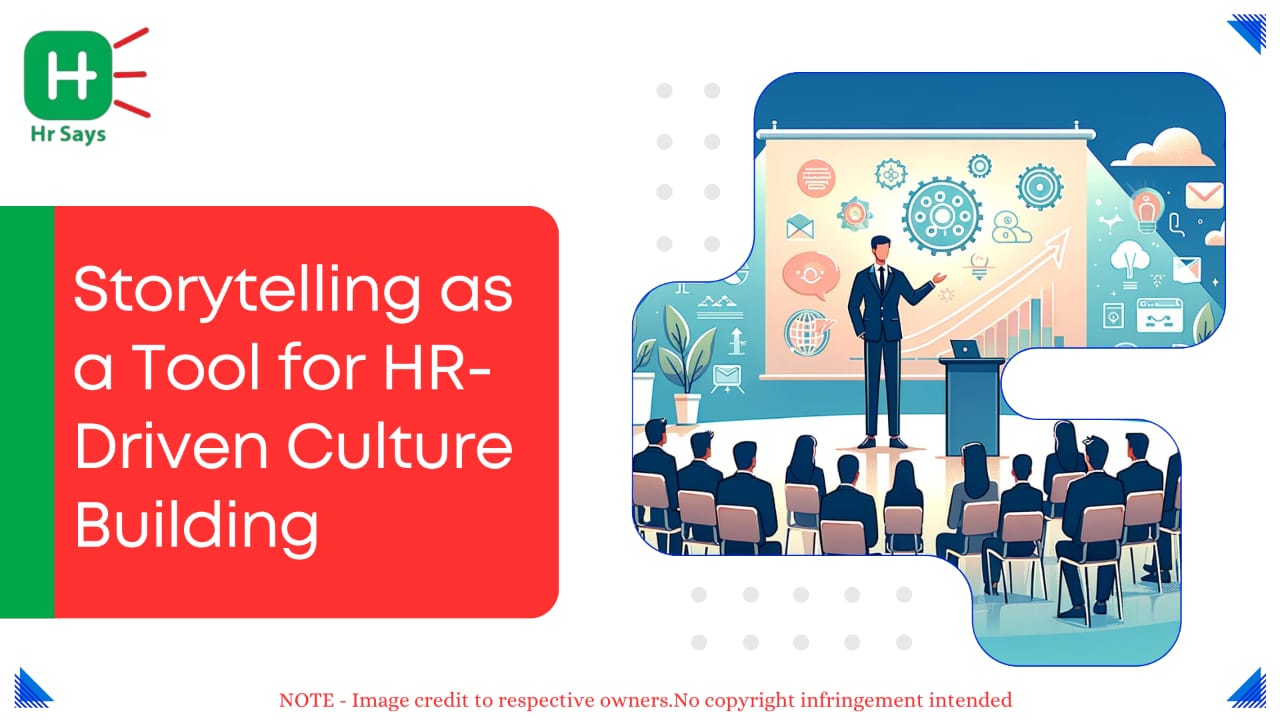What does a workplace really identify with its people? Not the policies or paychecks, it is the stories that build common experiences. Storytelling is perhaps the most influential HR method of developing a solid, value-based workplace culture that remains unspoken in the competitive market today
Understanding Storytelling in HR
Storytelling in HR is more than just sharing success stories or anecdotes. It’s about communicating the organization’s vision, values, and purpose in a way that resonates emotionally. Through stories, employees don’t just understand what the company stands for—they feel it. When people relate to these narratives, engagement grows naturally.
HR leaders today use storytelling to:
● Build emotional connection with employees
● Reinforce core values and organizational purpose
● Encourage learning through real-life experiences
● Strengthen internal communication and employer branding
By embedding stories into HR practices, companies create meaning behind their culture rather than relying on static corporate messaging.
Building an Authentic Culture Through Stories
A culture built through storytelling feels lived-in, not manufactured. When HR uses stories that reflect authentic employee experiences, it bridges gaps between leadership and teams. People find themselves represented and valued.
For instance, stories of resilience during challenges or acts of collaboration can highlight core company traits more effectively than policy handbooks ever could. When employees hear or share such narratives, it creates a ripple effect of belonging and pride.
In culture-building initiatives, storytelling plays a role in:
● Onboarding: New hires connect faster when they hear real stories of success and struggle.
● Leadership communication: Leaders who share personal journeys appear more relatable and trusted.
● Employee recognition: Turning achievements into stories amplifies motivation and morale.
The key is authenticity. Employees can instantly sense when a story feels scripted. HR’s goal should be to nurture an environment where stories emerge organically.
Storytelling as a Driver of Employee Engagement
An engaged employee isn’t just productive—they’re emotionally invested. Storytelling allows HR teams to connect strategy with sentiment. It shifts focus from tasks to purpose, helping employees see why their contribution matters.
When used consistently in town halls, newsletters, or performance discussions, stories reinforce cultural touchpoints. They make communication memorable and inclusive.
Strong HR-driven storytelling can:
● Build shared identity and sense of purpose
● Foster open dialogue across hierarchies
● Humanize change management processes
● Support diversity and inclusion initiatives
In essence, stories act as the heartbeat of an engaged workplace.
From Narratives to Lasting Impact
For HR, storytelling isn’t a one-time effort. It’s an ongoing practice that needs reflection and participation. Every employee has a story worth telling—and when those stories align with organizational values, they create a living culture that evolves with time.
By integrating storytelling into HR strategies, companies move from words on a wall to values in action. It’s where culture stops being a concept and starts being a shared experience.
Conclusion
StorYtelling turns abstract values into tangible emotions. When HR uses it thoughtfully, it builds trust, belonging, and identity across the organization. In a world where people seek purpose at work, stories become the most human bridge between company and culture.

 Storytelling serves as a strategic HR tool to nurture authentic workplace culture. By sharing real
narratives, organizations strengthen engagement, communication, and emotional
connection—transforming values into everyday experiences that employees truly live.
Storytelling serves as a strategic HR tool to nurture authentic workplace culture. By sharing real
narratives, organizations strengthen engagement, communication, and emotional
connection—transforming values into everyday experiences that employees truly live.












.jpeg)












.jpeg)